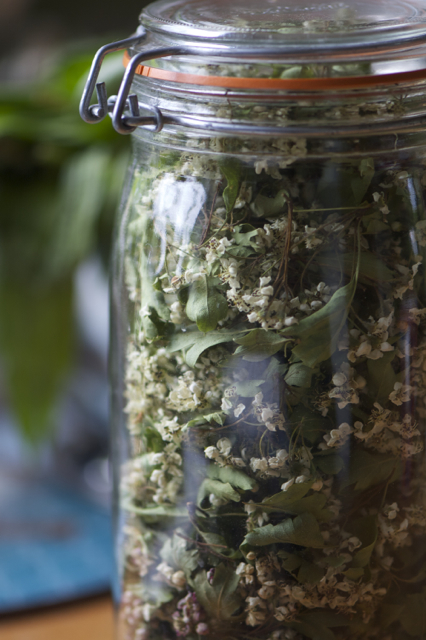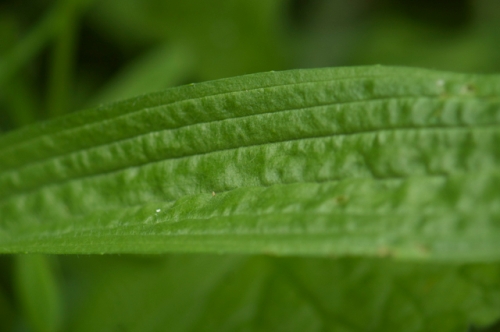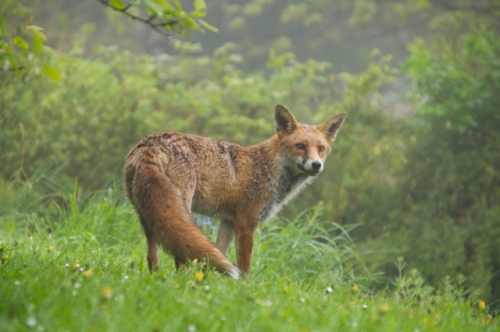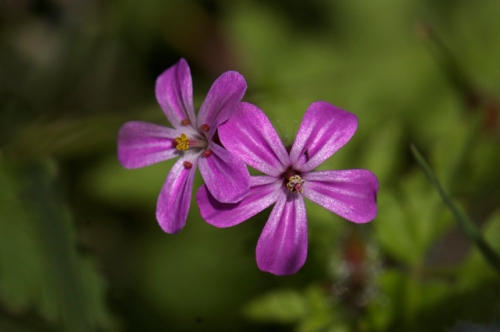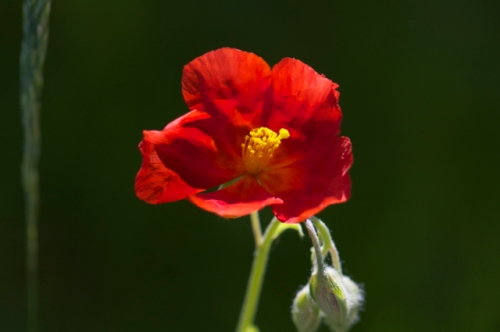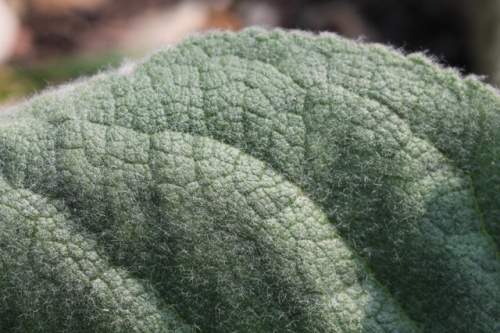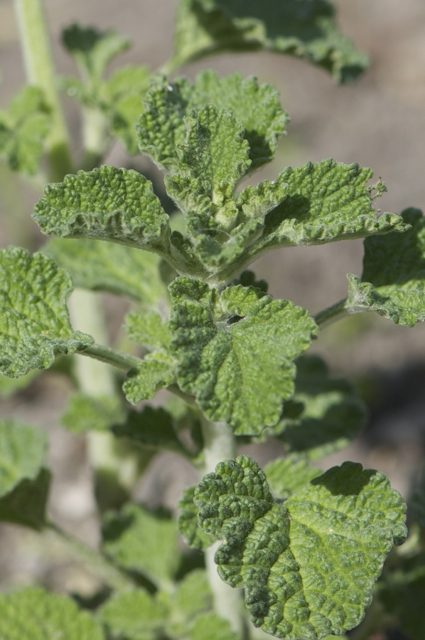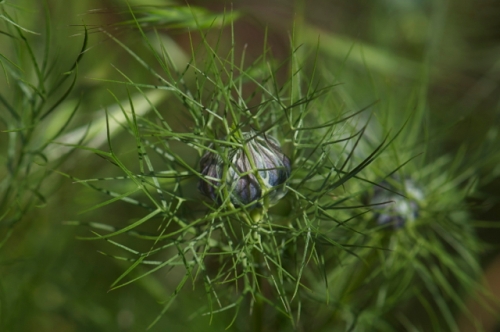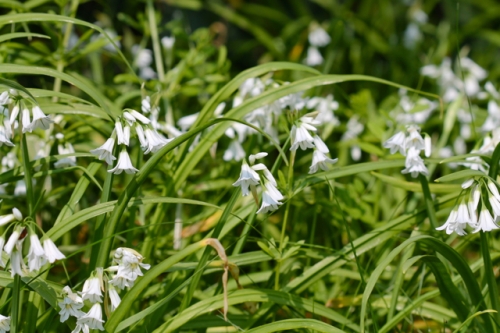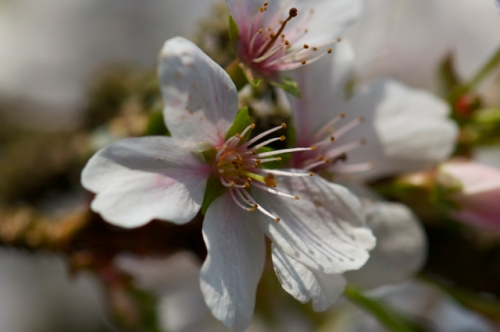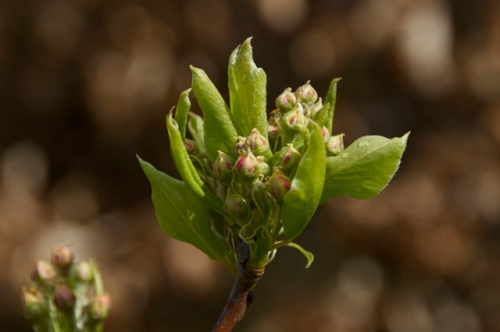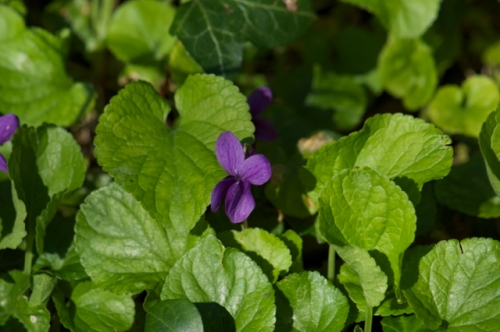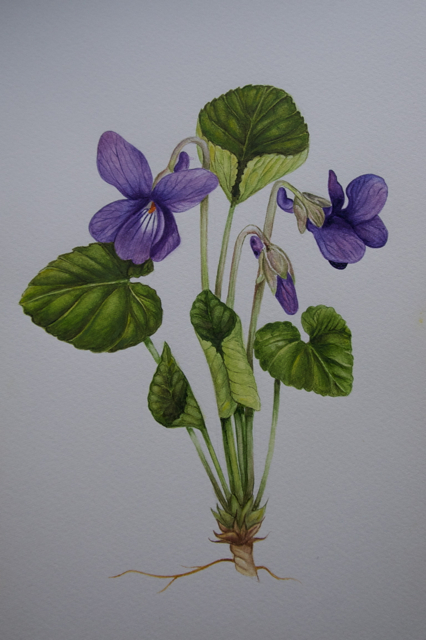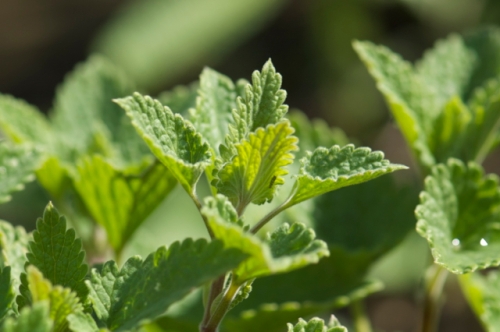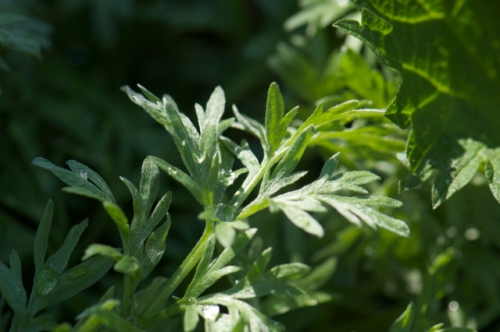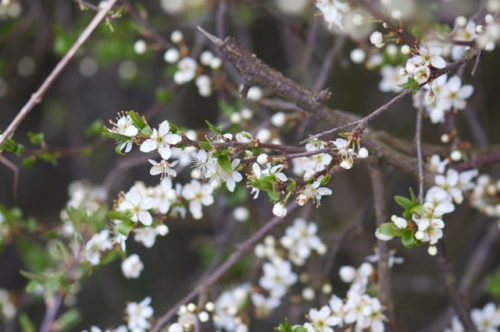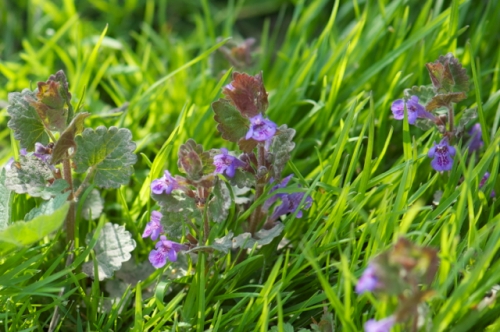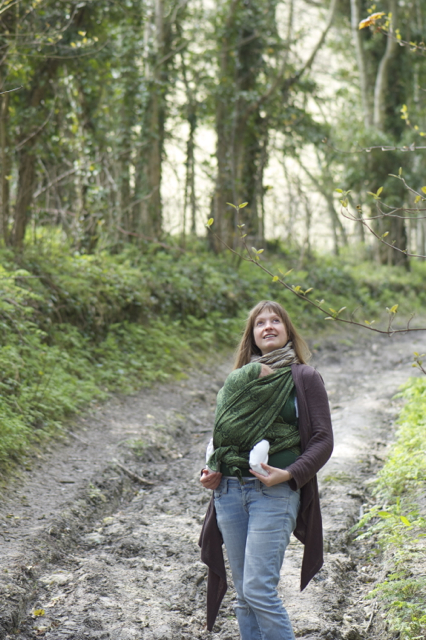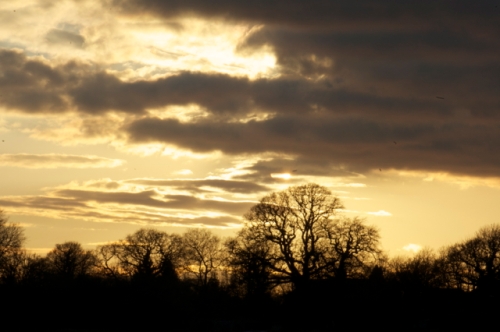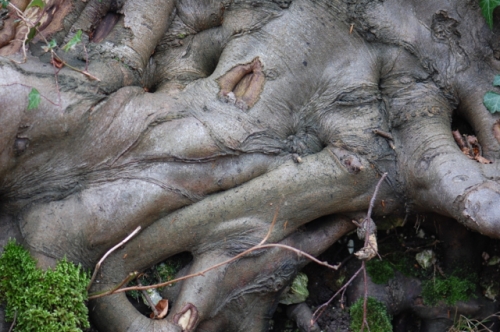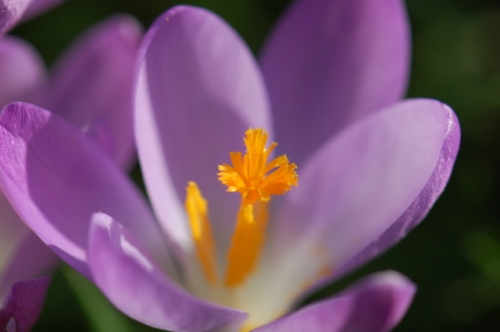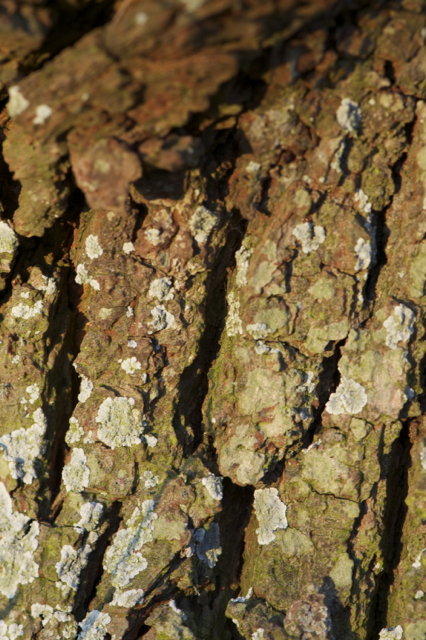

Spring is shifting into summer here and everywhere is abundant with life.

Forget-me-nots (Myosotis sylvatica/ arvensis) are little used in modern herbal medicine but were once popular as an astringent for treating eye complaints and respiratory ailments. According to Mrs Grieve they have a particular affinity for the left lower lung. I have never worked with them herbally but I love the sight of great swathes of them carpeting the garden with a ethereal glow.


Herb robert (Geranium robertianum) and dandelion (Taraxacum officinale) poke up between them. Both widely considered to be weeds they are in fact wonderful healing remedies with a wide variety of uses. You can read more about dandelion here and I will endeavour to write a profile of herb robert soon.
Honesty (Lunaria annua) and greater celandine (Chelidonium majus) add more splashes of colour to the garden.

Yarrow leaves can be added to salad when very young but wait for them to flower later in the summer for the full range of medicinal actions which you can read about here.
Cleavers (Galium aparine) is one of my most used herbs of spring. We mainly have it in juices and cold infusions to boost lymphatic function and clear out the stagnation of winter. This year I have been enjoying studying it in closer detail through spending time with it, painting and drawing.


Coltsfoot ( Tussilago farfara) flowers usually appear in March, sometimes as early as February, and are famous for appearing before the leaves leading to the common name, ‘sons before fathers’. Both the flower and the leaf are used medicinally and were recommended for soothing coughs from the time of the ancient Greeks. They are considered one of the best pulmonary tonics in herbal medicine but have fallen from favour in later years due to the presence of pyrrolizidine alkaloids (also present in forget-me-nots) which can cause liver disease when consumed in large quantities or over a long period of time. Most herbalists consider coltsfoot to be safe when taken for a limited time, as to treat a cough, and the only case of toxicity reported involved consumption of a tea that was likely adulterated with another herb. Still it’s wise to avoid if pregnant, breastfeeding or where liver disease is already a factor.

Daisies (Bellis perennis) are a wonderful wild food and medicine that can be found in almost any garden at this time of year. The flowers make a delightful addition to salads and are also used as an excellent remedy for bruising when applied as a poultice or a salve, lending them the common name of ‘poor man’s arnica’. Just pick a few handfuls of the flowers and infuse into oil before adding wax to make a salve. There are detailed intructions on how to do this in the ‘How to Make’ page of this blog.
Primrose (Primula vulgaris) flowers are lovely in teas and spring salads. You can read more about them here.
Nettles are another favourite food and medicine at this time of year but look out for leaves such as the one above left which contain feeding larvae. Nettles support over 40 species of insects which in turn makes them vital for birds and insect eating mammals. Nettle is considered one of the most important wildlife plants we have as well as being highly nutritious and valuable medicinally.
At this time of year it is so lovely to be out in nature picking leaves and flowers for our food and healing. The sights, smells, sounds, tastes and tactile experience of gathering the herbs are all medicine in themselves.


Here folks are gathered in the woods on our spring wildcrafting day at Wowo campsite. We have a medicinal summer flower day coming up at the end of June which you can find out more about here.

















